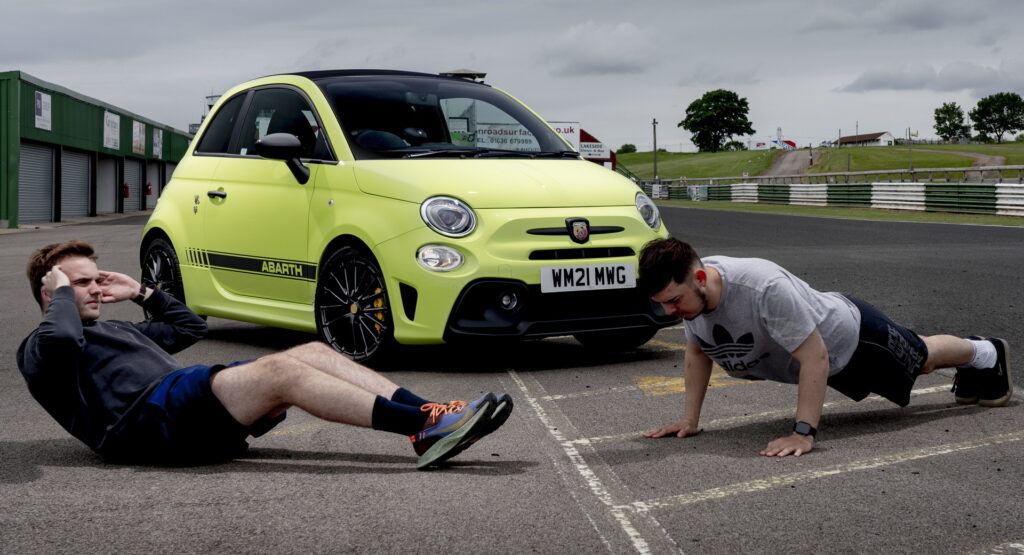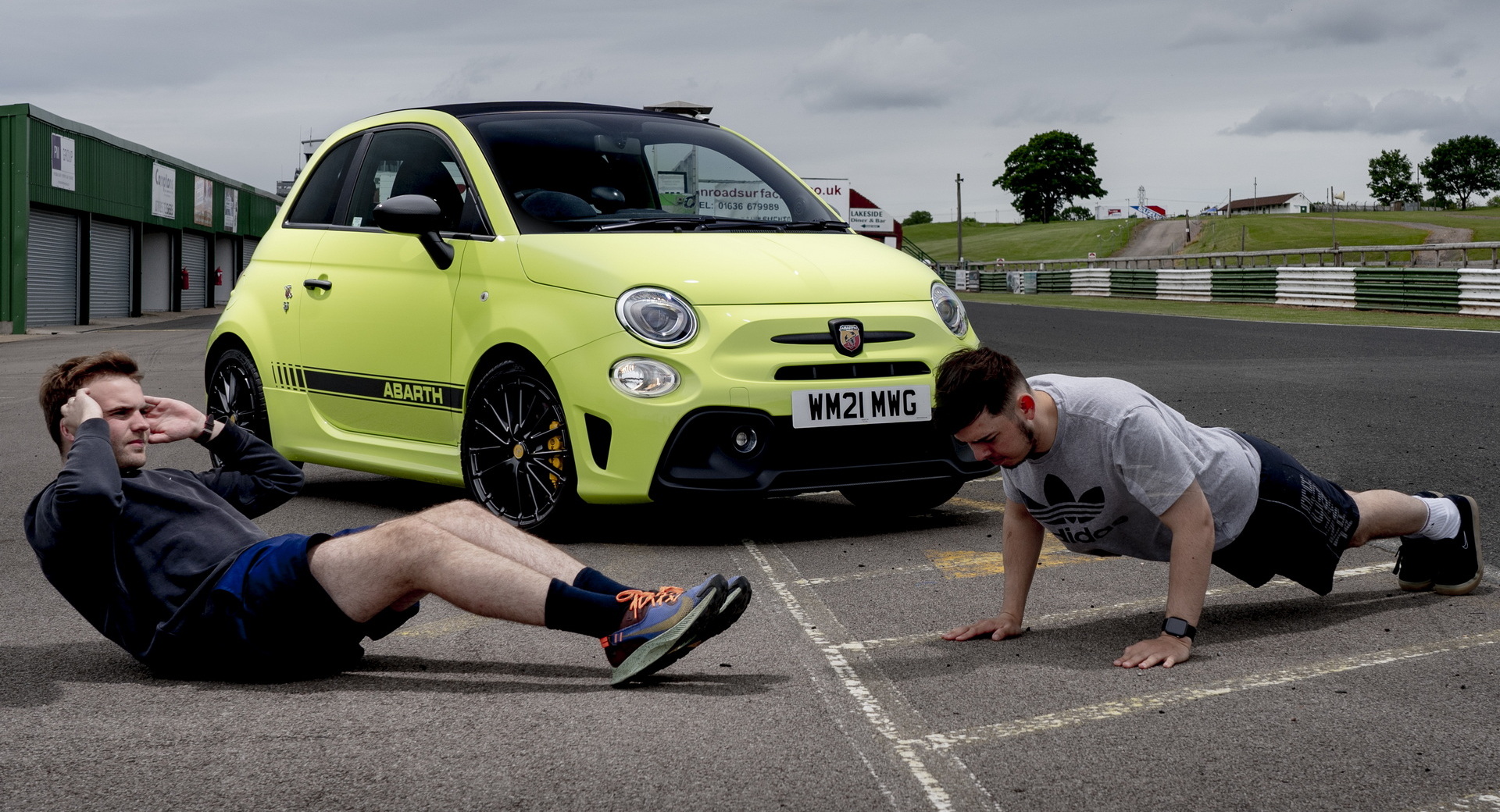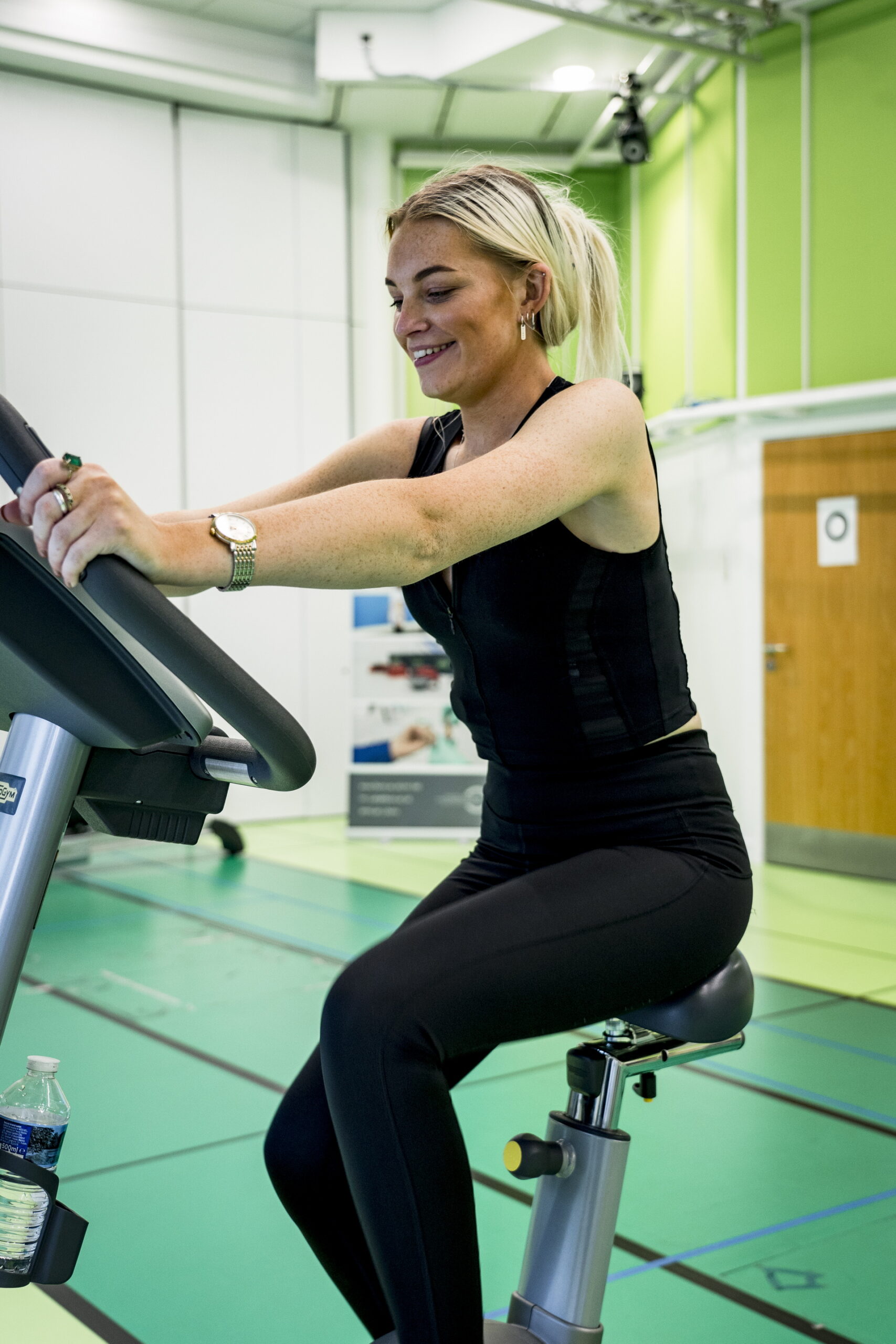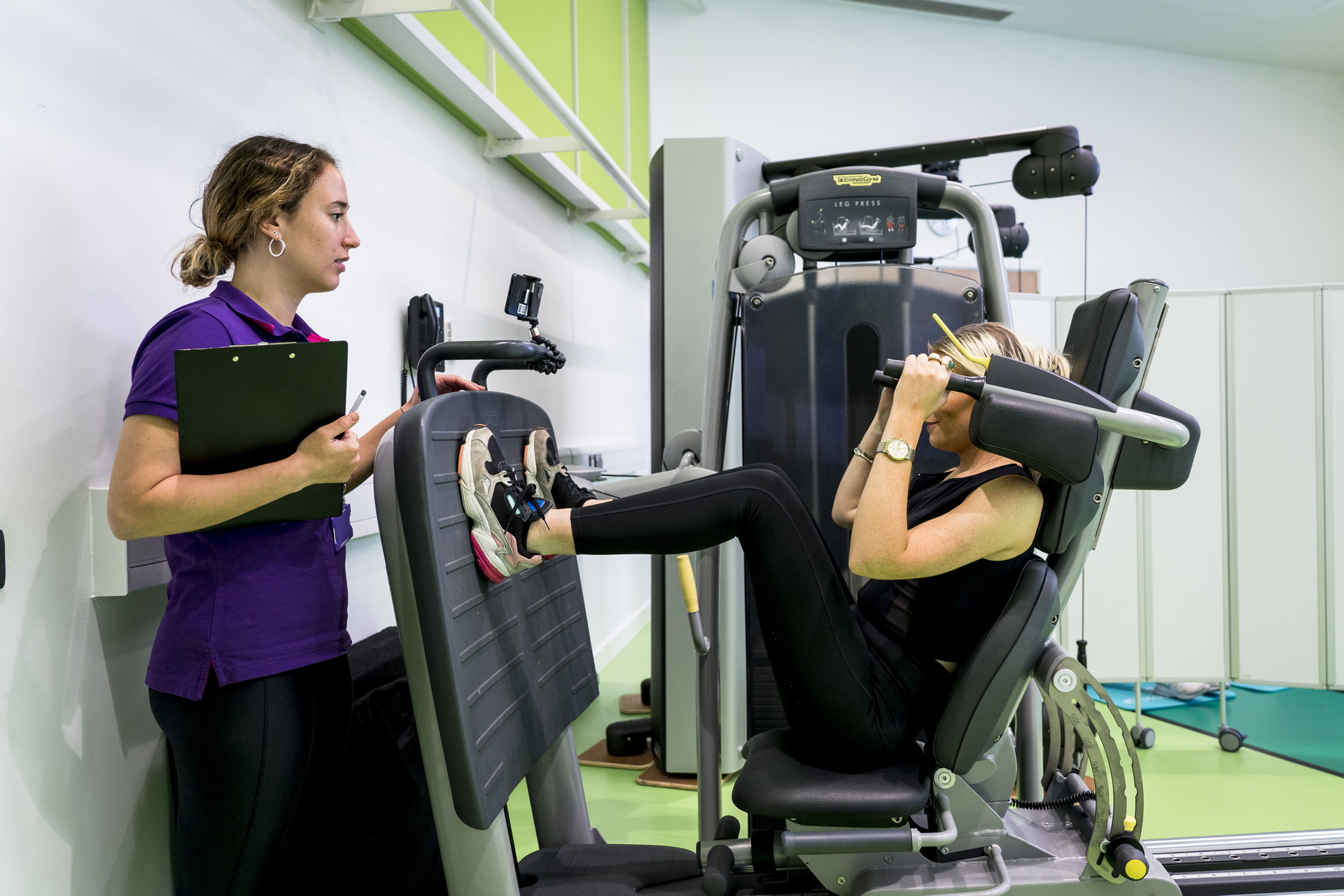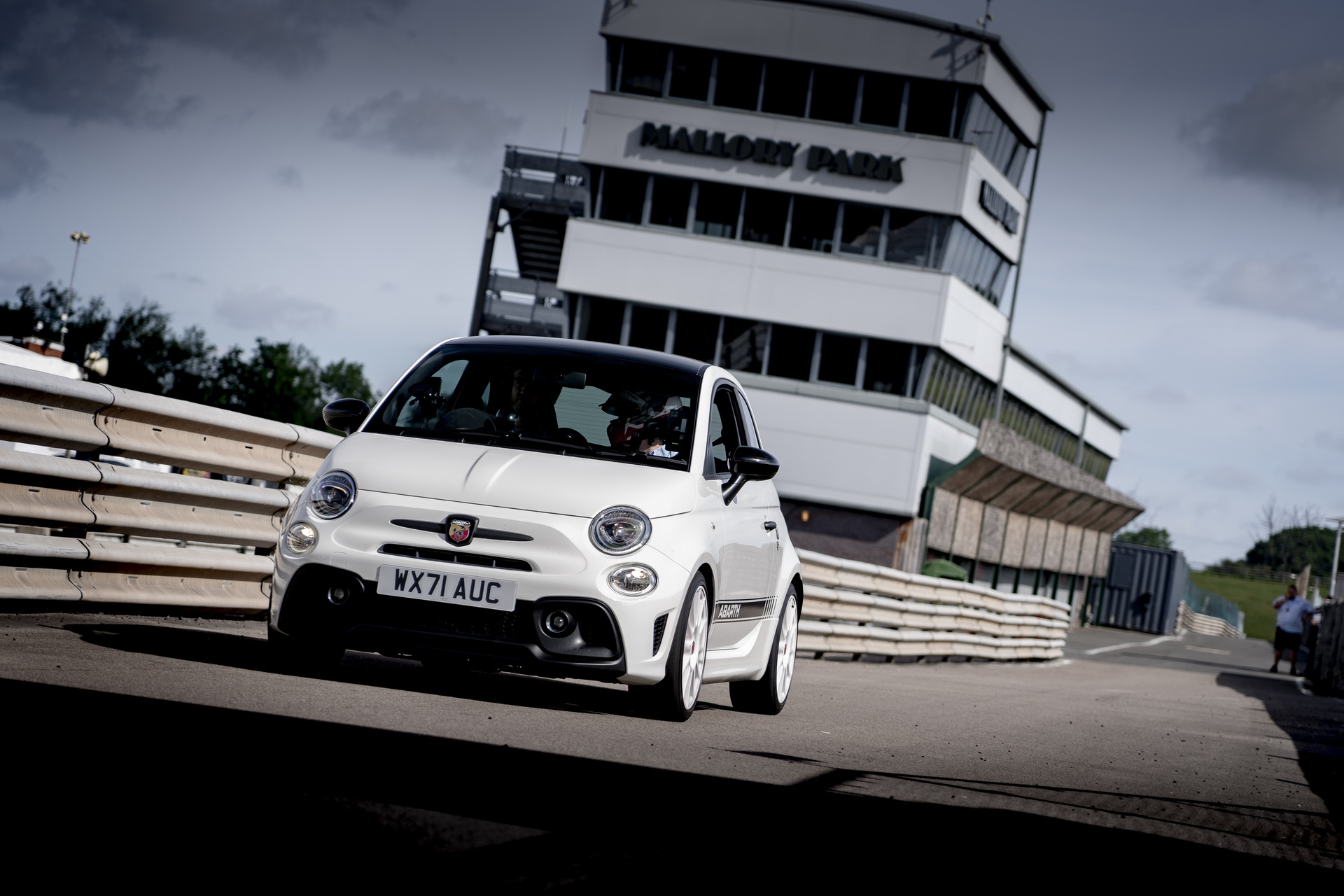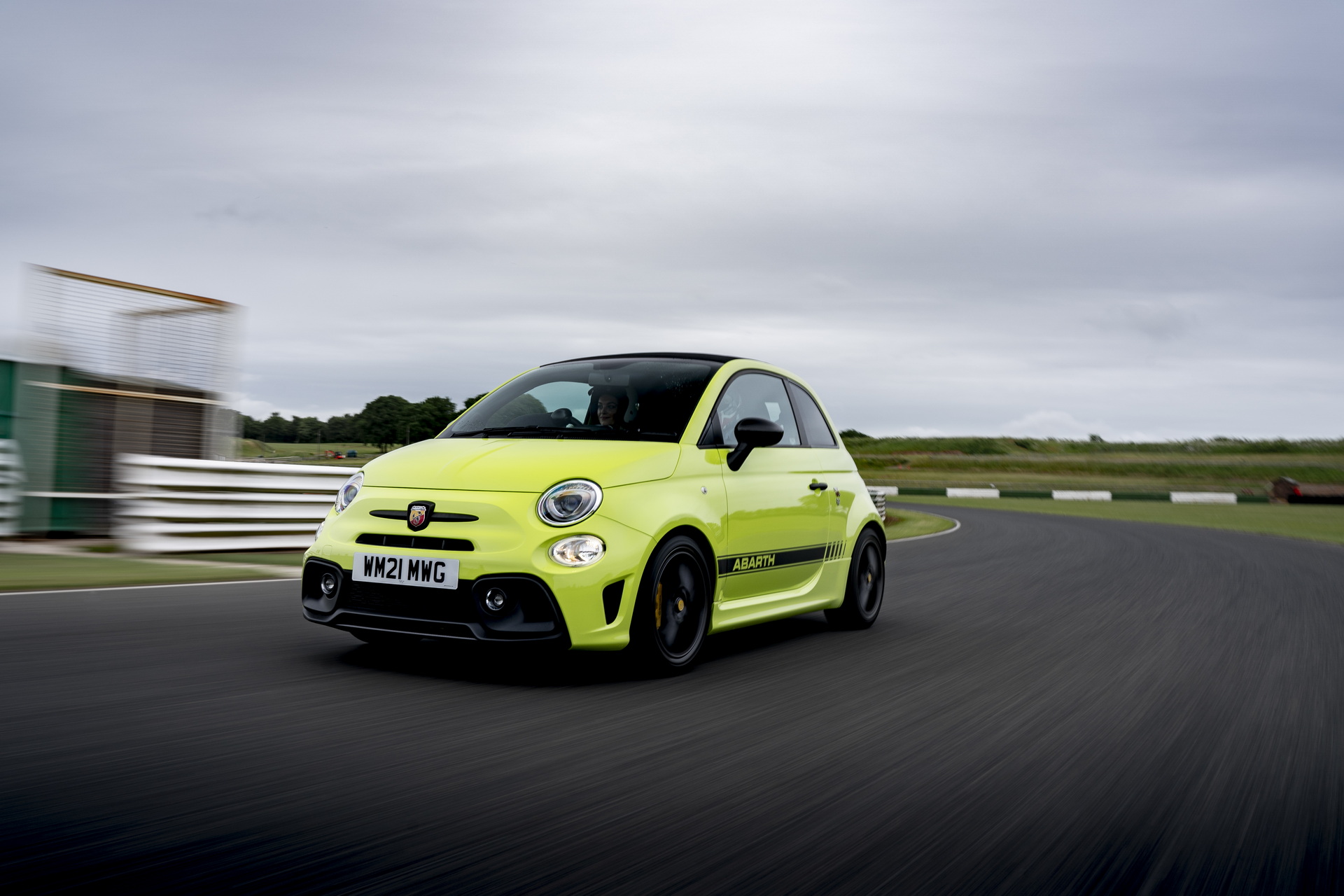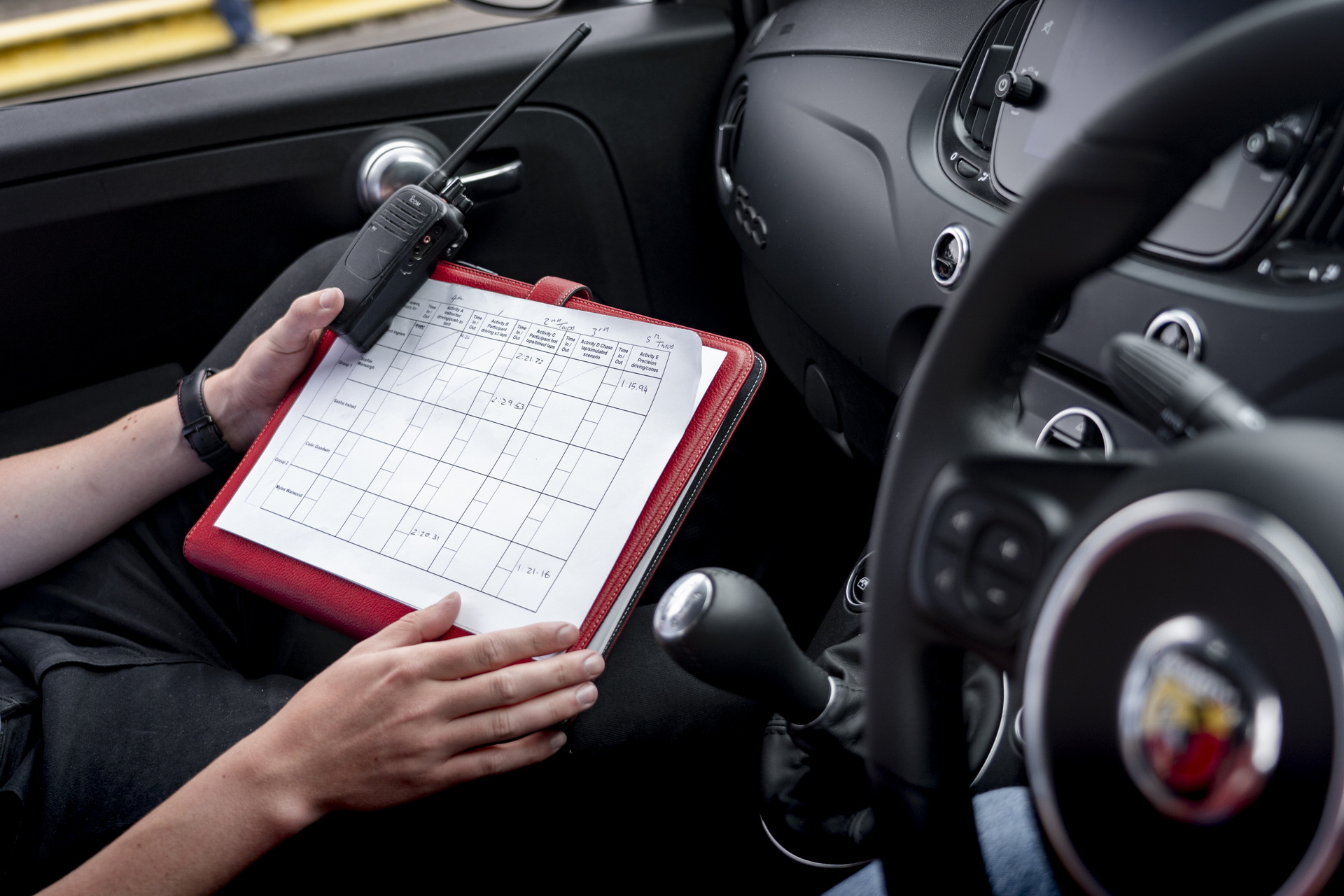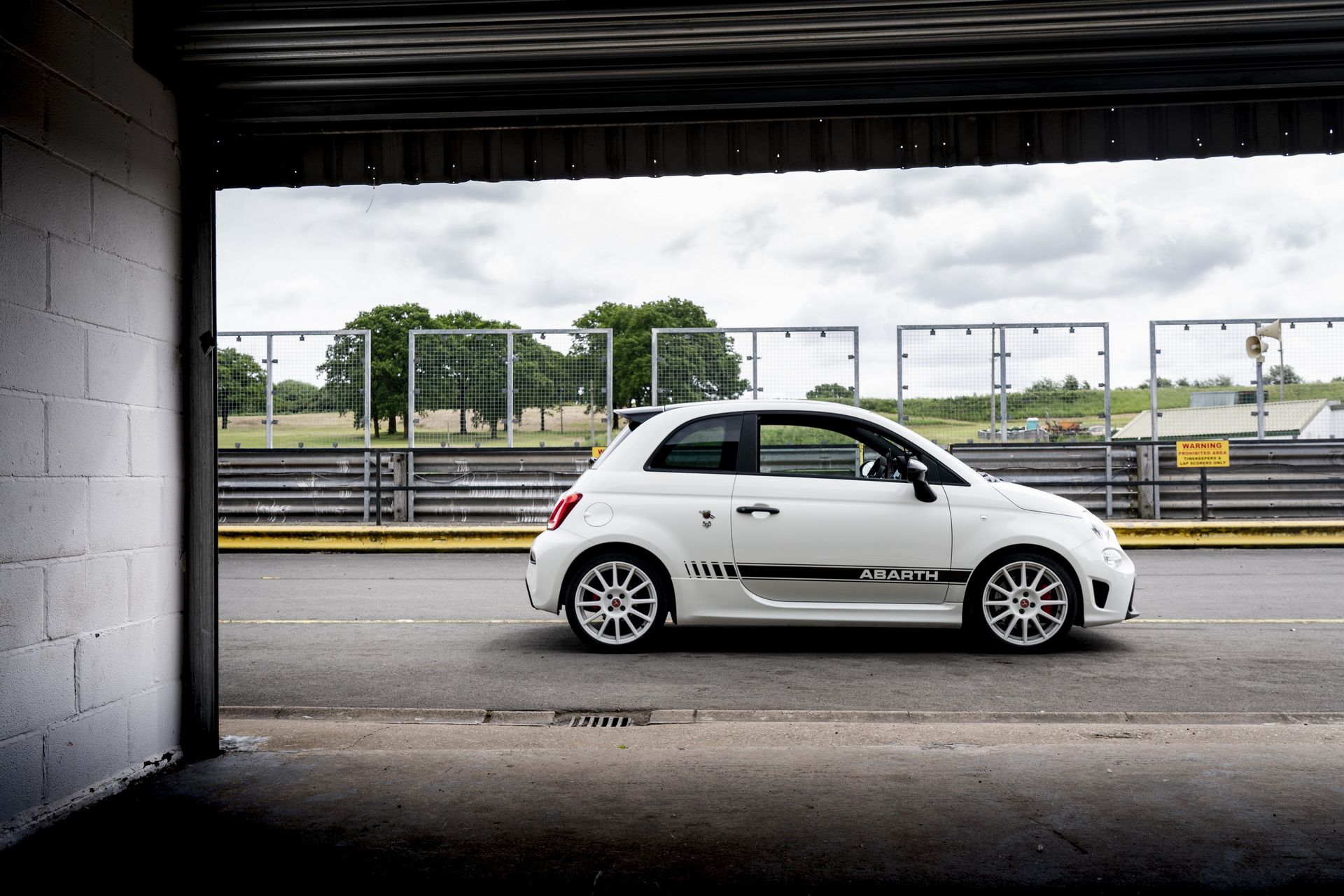Abarth and Loughborough University in the U.K. have discovered that performance driving is a better mood enhancer than a session at the gym.
“It is widely reported about how important physical activity is, not only for a person’s physical wellbeing but also their emotional state,” said Dr Dale Esliger, a reader in digital health at Loughborough University who led the experiment. “However, we know much less about how driving – specifically on a racetrack – can impact an individual’s mood.”
Together with Abarth, they decided to try and find out. Using a variety of sensors, the team looked at facial expressions, heart rate, and gave participants a medical grade wristwatch and a self-assessment questionnaire to measure their mood after a track driving experience and a gym session.
Read Also: Abarth Actively Working On Hot Hatch Variant Of The Electric Fiat 500
“The preliminary data indicates that while both the track and gym activity had positive emotional benefits, in this case, the thrill of the track driving element undoubtedly came out on top in boosting the mood of the attendees,” said Esliger.
On average, the study found that people were 59 percent happier after driving around a racetrack (in an Abarth) than they were after working out at a gym. Measured by exercise type, compared to track driving, participants’ moods were boosted four percent less after a weight workout, 20 percent less after a workout that consisted of both weights and cardio, and 116 percent less after a cardio workout.
Interestingly, the subjects didn’t even need to be in the driver’s seat for their mood to improve after some track driving. Being in the passenger seat next to a professional driver made participants 77 percent happier than a workout consisting of cardio and resistance training.
“Our products are not only designed to excite drivers on the road, but they’re also perfect track day cars too,” said Greg Taylor, the managing director of Fiat and Abarth in the U.K. “We always knew anecdotally that the levels of joy our cars bring to the driver and passengers, but now we have some preliminary data from one of the world’s leading sport science universities to back that up.”




